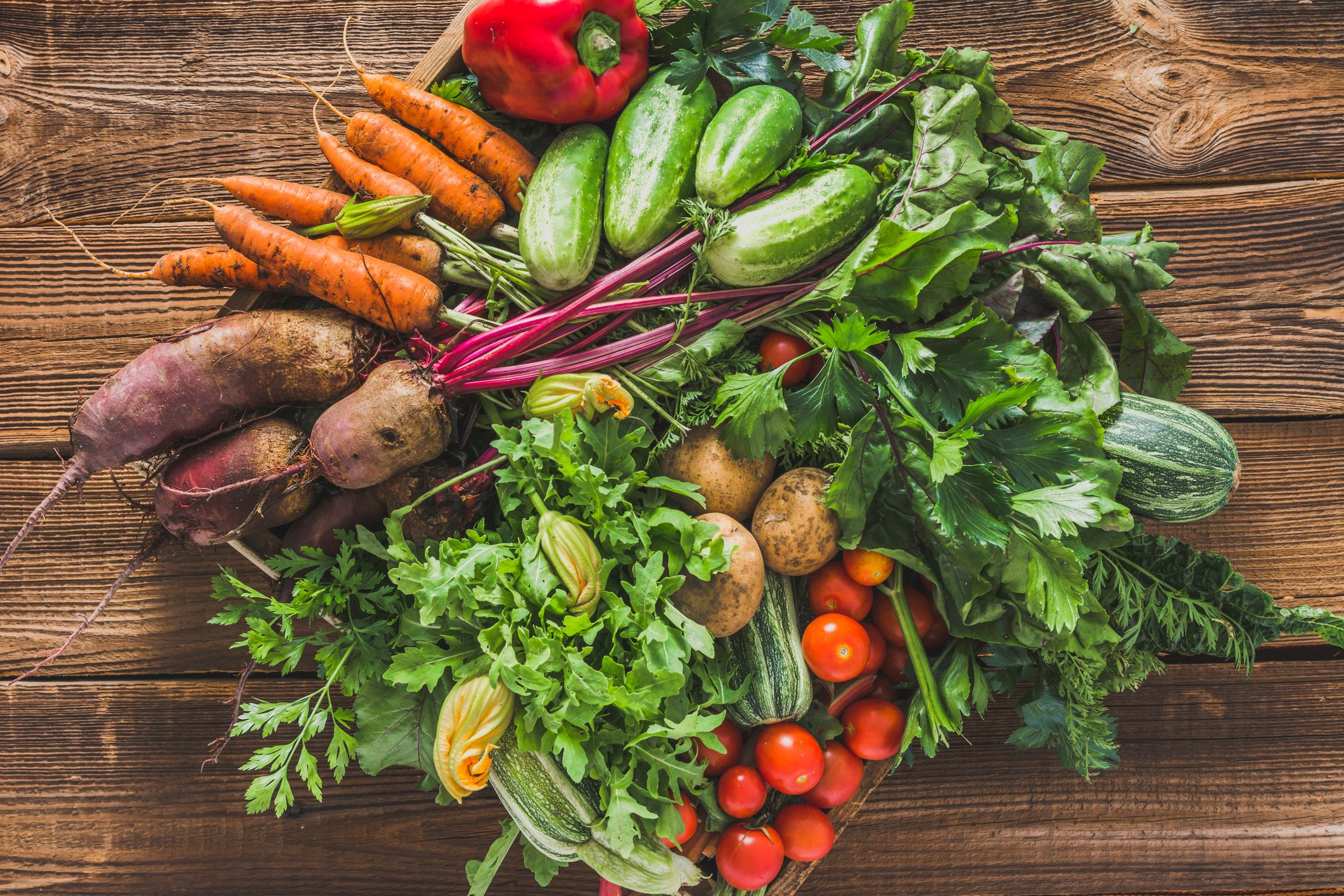

Articles
What To Plant In The Fall Garden
Modified: January 7, 2024
Discover the best gardening tips for planting in your fall garden. Learn what plants thrive during the autumn season and how to ensure a successful harvest.
(Many of the links in this article redirect to a specific reviewed product. Your purchase of these products through affiliate links helps to generate commission for Storables.com, at no extra cost. Learn more)
Introduction
Fall gardening is a delightful way to extend the growing season and enjoy the beauty of a flourishing garden well into the cooler months. As the temperatures start to drop and the daylight hours shorten, many gardeners may think that it’s time to hang up their gloves and wait for spring. However, fall gardening has numerous benefits and offers a unique opportunity to cultivate a wide range of plants.
Not only does fall gardening provide a chance to continue nurturing plants, but it also allows for the growth of certain vegetables, flowers, and herbs that thrive in the cooler weather. By selecting the right plants and properly preparing the soil, you can create a vibrant and bountiful fall garden that will bring joy and fresh produce to your table.
In this article, we will explore the benefits of fall gardening, discuss how to select the right plants for the season, provide tips on soil conditioning and preparation, and highlight the top vegetables, flowers, and herbs that are perfect for fall planting. Additionally, we will cover essential care and maintenance practices, as well as strategies for protecting your plants from frost. Lastly, we will touch upon the joy of harvesting and enjoying the fruits of your fall garden.
So, whether you’re an experienced gardener looking to expand your growing season or a beginner eager to embark on a new gardening adventure, let’s dive into the wonderful world of fall gardening and discover all the possibilities it has to offer!
Key Takeaways:
- Embrace the cooler months with fall gardening, extending the growing season, enjoying vibrant colors, and savoring the flavors of homegrown produce while reducing pest pressure and nurturing nutrient-rich soil.
- Select frost-tolerant plants, prepare the soil, and provide proper care to create a thriving fall garden. Harvest and savor the bountiful produce, reflecting on the joys of nurturing nature’s beauty.
Read more: What Grass To Plant In The Fall
Benefits of Fall Gardening
Fall gardening brings a multitude of advantages for both the plants and the gardener. Let’s explore some of the key benefits:
- Extended Growing Season: Fall gardening allows you to continue growing and harvesting fresh produce even after the summer has ended. By taking advantage of the cooler temperatures and milder weather, you can enjoy an extended growing season and increase your food production.
- Cooler Weather: Many plants tend to thrive in cooler temperatures, as it reduces stress and slows down certain pests and diseases. Fall gardening provides the ideal conditions for growing a variety of vegetables, flowers, and herbs that may struggle in the heat of summer.
- Less Watering: During the fall, the frequency of rainfall usually increases, reducing the need for excessive watering. This not only saves time and effort but also promotes healthier root development by allowing plants to absorb water naturally rather than relying solely on irrigation.
- Reduced Pest Pressure: Insects and pests tend to become less active during the fall, which means you’ll encounter fewer problems with pests damaging your crops. This allows you to focus more on plant growth and less on pest control.
- Less Weeds: With the cooler temperatures and a decrease in weed growth, fall gardening presents an opportunity to have a cleaner and more organized garden. You’ll spend less time battling pesky weeds and more time tending to your desired plants.
- Beautiful Fall Colors: Fall gardens are a delight to the eye with their vibrant hues of red, orange, and gold. By selecting the right flowers and foliage, you can create a visually stunning garden that adds warmth and beauty to your outdoor space.
- Nutrient-rich Soil: Fall gardening gives you the chance to replenish and improve the soil. By planting cover crops or incorporating organic matter, you can enhance the soil’s fertility and structure, ensuring healthy and robust plant growth in future seasons.
Overall, fall gardening offers a unique opportunity to continue gardening and reap numerous benefits. From an extended growing season to reduced pest pressure and beautiful autumn colors, there are plenty of reasons to embrace fall gardening and make the most of the cooler months.
Selecting the Right Plants for Fall
Choosing the right plants for your fall garden is crucial to ensure a successful and productive growing season. Here are some factors to consider when selecting plants for fall:
- Cool Season Varieties: Look for plants that are specifically suited for cooler temperatures. These varieties have adapted to thrive in the fall weather and will perform better than their warm-season counterparts.
- Frost Tolerance: Check the frost tolerance of the plants you’re considering. Some plants can withstand light frost, while others are more sensitive. Knowing the frost tolerance of your chosen plants will help you plan accordingly and protect them when necessary.
- Days to Maturity: Consider the days to maturity for vegetables that you want to harvest before the first frost. Planting varieties with shorter maturity times will give you ample time to enjoy their harvest before colder temperatures arrive.
- Succession Planting: Opt for plants that have a quick turnover rate if you wish to maximize your garden’s productivity. Succession planting involves sowing seeds or transplanting seedlings at intervals to ensure a continuous harvest throughout the fall.
- Planting Zones: Take into account your specific planting zone and choose plants that are recommended for your region. Different plants have different temperature tolerances, and selecting ones suitable for your zone increases their chances of thriving.
- Complementary Pairings: Consider how different plants can complement each other in terms of growth habits, aesthetics, or pest control. Companion planting can enhance your garden’s overall health and productivity while creating an appealing visual display.
- Personal Preferences: Lastly, don’t forget to choose plants that you enjoy growing and consuming. Whether it’s your favorite vegetables or flowers with a specific color palette, prioritize your personal preferences to make your fall garden a space that brings you joy.
Some popular choices for fall vegetables include kale, broccoli, carrots, radishes, and spinach. For flowers, marigolds, pansies, and chrysanthemums are popular fall bloomers. Don’t forget to include fall herbs like sage, thyme, and parsley that can add flavor to your culinary creations.
By carefully selecting the right plants for your fall garden, you’ll set yourself up for a successful growing season and be rewarded with a bountiful harvest and a visually pleasing garden.
Preparation and Soil Conditioning
Preparing your garden and conditioning the soil is essential for creating a fertile and nutrient-rich environment that will support the growth of your fall plants. Here are some key steps to take:
- Clean Up: Start by removing any debris, weeds, or spent plants from your garden bed. Clearing away old vegetation helps prevent the buildup of pests and diseases and ensures a fresh start for your fall garden.
- Soil Testing: Conduct a soil test to determine its pH level and nutrient content. This information will guide you in making necessary amendments to optimize the soil conditions for your plants. Make sure to follow the recommendations provided by the soil test results.
- Amendments: Add organic matter such as compost, well-rotted manure, or leaf mold to improve the soil structure and nutrient content. Organic matter enhances drainage and aeration while providing a steady supply of nutrients to the plants. Spread a layer of compost or other amendments over the top of the soil and work it in with a garden fork or tiller.
- Fertilization: If your soil test indicates nutrient deficiencies, consider applying a balanced organic fertilizer based on the recommended application rates. This will provide the necessary nutrients for strong plant growth during the fall season.
- Mulching: Apply a layer of organic mulch, such as straw or shredded leaves, around your plants. Mulching helps to retain soil moisture, suppress weeds, regulate soil temperature, and gradually break down to add organic matter to the soil.
- Irrigation: Ensure that your garden bed has proper irrigation or watering systems in place. While fall often brings more rainfall, it’s important to monitor the soil moisture levels and supplement with watering when necessary, especially during dry spells.
- Bed Preparation: Before planting, loosen the soil and remove any large clumps or rocks. Use a garden fork or tiller to break up compacted soil, improving its structure and drainage. This will create an ideal growing environment for your fall plants.
By thoroughly preparing and conditioning your soil, you provide a solid foundation for healthy plant growth. The enhanced soil fertility and structure will support your fall garden’s overall health and productivity, ensuring the best possible results.
Top Vegetables to Plant in the Fall Garden
Fall is a fantastic time to grow a variety of vegetables that thrive in cooler temperatures. These vegetables not only tolerate the chilly weather but often taste even better after a light frost. Here are some of the top vegetables to consider planting in your fall garden:
- Leafy Greens: Greens like kale, spinach, lettuce, and Swiss chard are ideal for fall planting. They grow well in cooler temperatures and can withstand light frost. These nutritious greens can be harvested as baby leaves for salads or allowed to mature for heartier meals.
- Cruciferous Vegetables: Broccoli, cauliflower, Brussels sprouts, and cabbage are excellent choices for the fall garden. These vegetables prefer cooler weather and will appreciate the milder conditions of autumn. Be sure to provide enough space for these plants to reach their full size and harvest them before the deep freeze sets in.
- Root Vegetables: Carrots, beets, turnips, radishes, and parsnips are perfect for fall planting. The cooler temperatures enhance the flavor and sweetness of these root vegetables. Plant them early enough in the season to allow adequate time for maturity before the ground freezes.
- Alliums: Fall is an opportune time to plant onions, garlic, and shallots. These pungent alliums require a long growth period, and fall planting allows them to establish roots before winter. Harvest them next summer when the foliage starts to yellow and topple over.
- Herbs: Fall is an excellent time to grow herbs like parsley, cilantro, chives, and dill. These flavorful herbs flourish in the cooler temperatures and can enhance a variety of fall dishes. Snip their leaves as needed to enjoy their fresh flavors in your culinary creations.
- Radicchio and Endive: These bitter greens are perfect additions to fall salads and stir-fries. They develop a robust flavor and vibrant color when exposed to cooler temperatures. Start the seeds indoors and transplant them into your garden for best results.
- Peas: Peas love the cool weather of fall. Snap peas, snow peas, and shelling peas can all be planted for a delightful harvest. Provide them with a trellis or support for climbing and enjoy the crisp, sweet pods before the first frost arrives.
- Beets: Beets are versatile and nutritious root vegetables that thrive in the fall. Plant them for their sweet roots and tender greens. Harvest the beets when they reach the desired size and use the nutritious greens in salads or sautés.
These are just a few examples of the many vegetables you can plant in your fall garden. Remember to check the specific planting guidelines for your region and choose varieties that are well-suited to your climate. With the right selection of vegetables, you can enjoy a bountiful fall harvest of fresh and flavorful produce.
Read more: What To Plant In The Garden
Best Flowers for Fall Planting
While summer may be known for its vibrant blooms, fall gardening offers a wide array of flowers that can add a burst of color and beauty to your garden. Here are some of the best flowers to consider planting in the fall:
- Chrysanthemums: Chrysanthemums, often called “mums,” are the quintessential fall flowers. They come in a variety of colors and bloom shapes, adding instant charm to any garden. These hardy flowers can withstand cool temperatures and often thrive until late fall.
- Pansies: Pansies are beloved for their cheerful faces and vibrant hues. These cold-tolerant flowers can withstand light frosts, making them an excellent choice for fall planting. They bloom in various colors and can provide continuous color throughout the season.
- Marigolds: Marigolds are known for their vibrant orange and yellow flowers that bring warmth to any fall garden. These sturdy annuals are easy to grow and offer a variety of sizes and shapes. They also help deter pests, making them an excellent companion for other vegetables and flowers.
- Asters: Asters produce daisy-like flowers in shades of pink, purple, and white. These perennials are a favorite for fall gardens, attracting pollinators like bees and butterflies. They add a whimsical touch of wildflower beauty to beds, borders, and containers.
- Rudbeckia: Commonly known as black-eyed Susans, rudbeckias are bright and cheerful flowers that bloom in late summer through fall. They feature a striking contrast of yellow or orange petals with a dark center. These hardy perennials attract bees and butterflies and make excellent cut flowers.
- Verbena: Verbena is a versatile and low-maintenance flower that blooms profusely in the fall. With its clusters of small, densely packed flowers in various shades of purple, pink, and white, verbena adds a charming touch to garden borders and hanging baskets.
- Salvia: Salvias come in a range of colors, including vibrant reds, purples, and blues. These showy flowers attract hummingbirds and butterflies, adding movement and beauty to your fall garden. Salvias are drought-tolerant and require minimal maintenance.
- Ornamental Kale and Cabbage: While technically not flowers, ornamental kale and cabbage offer stunning foliage that can rival any bloom. Their vibrant colors and unique textures make them eye-catching additions to fall gardens. Plant them in beds or containers to create a captivating display.
These are just a few examples of the best flowers for fall planting. Be sure to check your planting zone and choose varieties that are well-suited to your climate. With these striking flowers, you can create a vibrant and colorful fall garden that will continue to bring joy and beauty even as the seasons change.
Consider planting cool-season vegetables such as lettuce, spinach, kale, and radishes in the fall garden. These crops thrive in the cooler temperatures and can provide a bountiful harvest before the winter sets in.
Fall Herbs to Grow in your Garden
When it comes to fall gardening, don’t forget about the delightful addition of herbs. Fall is the perfect time to cultivate a variety of herbs that thrive in cooler temperatures and add delightful flavors to your culinary creations. Here are some fall herbs to consider growing in your garden:
- Sage: Sage is a flavorful herb with velvety gray-green leaves. It thrives in cooler temperatures and is a great addition to savory dishes. Its earthy and slightly peppery flavor pairs well with roasted meats, stews, and stuffings.
- Thyme: Thyme is a low-growing herb with small, aromatic leaves. It is a hardy perennial that can withstand cooler temperatures and is a staple in many dishes. Its subtle, earthy flavor enhances meats, soups, stews, and roasted vegetables.
- Parsley: Parsley is a versatile herb that adds freshness to a variety of dishes. It is a biennial plant that thrives in cooler weather, producing vibrant green leaves that have a mild, slightly peppery taste. Use it as a garnish, or add it to salads, soups, and sauces.
- Chives: Chives are a member of the onion family and grow well in cooler temperatures. They produce thin, hollow leaves with a mild onion flavor. Chives are excellent for adding a subtle onion taste to salads, omelets, and creamy dips.
- Cilantro: Cilantro is a popular herb used in various cuisines, with its distinct fresh and citrusy flavor. It grows best in cooler weather, as it tends to bolt in hot temperatures. Use cilantro leaves in salsas, soups, salads, and many other dishes.
- Oregano: Oregano is a perennial herb that is known for its robust and aromatic flavor. It grows well in cooler temperatures and is a key ingredient in Mediterranean and Italian dishes. Use it in tomato sauces, pizzas, marinades, and roasted vegetables.
- Parsnip: Parsnip is a root vegetable that develops a sweet and earthy flavor when exposed to cool temperatures. Its foliage is similar to parsley and can be used as an herb in cooking. Roast or mash parsnips for a delicious side dish during the fall season.
- Rosemary: Rosemary is a woody herb with aromatic needle-like leaves. While it is evergreen in many regions, it thrives in cooler temperatures. Its distinctive pine-like flavor enhances roasted meats, potatoes, bread, and marinades.
These fall herbs can be planted in garden beds or containers, providing you with fresh flavors and fragrances throughout the autumn season. Harvest the herbs as needed, but be sure to leave enough leaves on the plant to sustain growth. With these herbs in your fall garden, you’ll have a wealth of aromatic and flavorful ingredients to enhance your culinary endeavors.
Caring for Your Fall Garden
Proper care and maintenance are crucial for ensuring the success of your fall garden. Though the days may be shorter and the temperatures cooler, your plants still require attention and care. Here are some essential tips for caring for your fall garden:
- Watering: Even though the cooler weather may bring more rainfall, it’s important to monitor the moisture levels in your garden. Check the soil regularly and water your plants when needed. Be mindful not to overwater, as excessively wet soil can lead to root rot.
- Mulching: Apply a layer of organic mulch around your plants to conserve moisture, regulate soil temperature, and suppress weed growth. Mulching also helps to protect the roots of the plants as temperatures start to dip.
- Weeding: Keep up with regular weeding to prevent competition for nutrients and space. Remove any weeds that emerge promptly to give your plants the best chance at growth and vigor.
- Fertilizing: If your plants show signs of nutrient deficiency, consider fertilizing them with a balanced organic fertilizer. However, be mindful of the specific nutrient requirements for each plant type and follow the recommended application rates to avoid over-fertilization.
- Pruning: Prune your plants as needed to maintain their shape and encourage healthy growth. Remove any dead or diseased foliage promptly to prevent the spread of diseases. Pruning also helps improve airflow and light penetration, reducing the risk of fungal infections.
- Pest Control: While fall typically sees a decrease in pest activity, it’s important to remain vigilant. Inspect your plants regularly for any signs of pests and take appropriate action. Use natural pest control methods whenever possible to avoid harmful chemicals in your garden.
- Supporting Plants: As your plants grow, provide appropriate support to prevent them from being damaged by strong winds or heavy rains. Use stakes, cages, or trellises to support taller plants and secure them to prevent breakage.
- Harvesting: Regularly check for ripe produce in your garden and harvest them at the peak of maturity. Leaving overripe fruits or vegetables in the garden can attract pests and diseases. Harvesting also encourages the plants to continue producing throughout the season.
- Observation: Take the time to observe your plants and garden regularly. Note any changes in growth, color, or appearance, as they may indicate underlying issues. Early identification and intervention can help prevent further problems and ensure the well-being of your plants.
By providing proper care and attention, your fall garden will thrive, producing beautiful blooms, abundant harvests, and a landscape that brings joy and satisfaction. Stay proactive, be attentive to your plants’ needs, and enjoy the rewards of a well-tended fall garden.
Protecting Your Plants from Frost
As fall progresses, the risk of frost increases, which can pose a threat to your delicate plants. Frost can damage or even kill plants that are not adequately protected. Here are some tips to help you safeguard your garden from frost:
- Monitor Weather Forecasts: Stay informed about upcoming weather conditions, particularly overnight temperatures, which are often cooler and more prone to frost. Be prepared to take action if frost is expected.
- Covering: Use protective coverings, such as lightweight blankets, cloths, sheets, or frost blankets, to cover your vulnerable plants overnight. Avoid using plastic alone, as it can cause condensation and damage the plants. Secure the coverings loosely to allow for airflow and prevent crushing the foliage.
- Timing: Cover your plants in the late afternoon or early evening before temperatures drop. This helps trap some of the heat absorbed during the day and provides insulation throughout the night. Remove the coverings in the morning once temperatures rise and the risk of frost has passed.
- Watering: Water the soil around your plants thoroughly before a frost event. Moist soil has better heat retention properties than dry soil, providing a buffering effect against freezing temperatures. However, be cautious not to water excessively, as this can lead to root rot.
- Grouping Plants: Consider grouping potted plants close together. This allows them to create a microclimate that retains heat and provides some protection from frost. The collective heat generated by the close proximity can help raise the temperature slightly.
- Use Mulch: Apply a layer of mulch around the base of the plants to insulate the roots and minimize temperature fluctuations. Mulch helps maintain soil warmth and protects the root zone from freezing temperatures.
- Cold Frames or Tunnels: For more advanced protection, you can use cold frames or tunnels. These structures provide a sheltered environment for your plants, shielding them from frost and providing additional insulation. Cold frames are typically transparent and placed directly over the plants, while tunnels are arched structures covered with a protective material.
- Bring Potted Plants Indoors: If you have potted plants that are susceptible to frost damage, consider bringing them indoors temporarily or placing them in a sheltered area, such as a garage or covered porch, until the frost threat passes.
- Choose Frost-Tolerant Plants: When planning your fall garden, select plants that are more resistant to frost. Some plants, like kale, cabbage, and ornamental grasses, are more tolerant of colder temperatures and can withstand light frost without significant damage.
Remember that frost protection measures are temporary solutions to help your plants survive a frost event. While some plants may bounce back from light frost damage, others may need extra care and attention to recover. By taking the necessary precautions, you can minimize the risk of frost damage and extend the growing season for your fall garden.
Read more: When To Plant Grass In Fall
Harvesting and Enjoying Fall Produce
One of the most rewarding aspects of fall gardening is the opportunity to savor the bountiful harvest of fresh and flavorful produce. As your plants reach maturity, here are some tips for harvesting and enjoying the fruits of your fall garden:
- Timing: Harvest your vegetables and herbs at the right time to ensure peak flavor and quality. Refer to seed packets or plant labels for guidance on when to harvest each crop. Some vegetables, like leafy greens, can be harvested continuously as needed, while others have specific maturity indicators.
- Proper Technique: Use proper harvesting techniques to avoid damaging your plants. For vegetables like lettuce, kale, and herbs, use clean scissors or pruners to cut the leaves just above the soil level. For root vegetables, gently loosen the soil and carefully lift them out to avoid breakage.
- Storing Produce: Properly store your harvested produce to maintain freshness and quality. Leafy greens can be washed, dried, and stored in the refrigerator in airtight bags or containers. Root vegetables should be cleaned of excess soil and stored in a cool, dark place with good airflow.
- Preserving: Explore different preservation methods, such as canning, pickling, or freezing, to prolong the shelf life of your fall produce. Leafy greens, herbs, and certain vegetables can be blanched and frozen for later use. Properly canned or pickled vegetables can be enjoyed well into the winter months.
- Cooking and Recipes: Embrace the flavors of fall by incorporating your harvested produce into delicious recipes. Roast root vegetables with herbs and olive oil, sauté leafy greens with garlic, or create comforting soups and stews using your homegrown ingredients. Experiment with different flavors and cooking techniques to savor the essence of your fall garden.
- Sharing and Preserving Seeds: Save seeds from your favorite varieties to replant in future seasons. Properly dry and store the seeds in a cool, dry place. Consider sharing excess seeds with friends or participating in seed exchanges to promote biodiversity and foster community engagement.
- Enjoying the Beauty: Appreciate the beauty of your fall garden beyond its edible offerings. Harvest flowers and foliage to create stunning floral arrangements, wreaths, or table centerpieces. Embrace the vibrant colors and textures that autumn brings, bringing the essence of your garden indoors.
- Reflecting and Planning: Take time to reflect on the joys and accomplishments of your fall garden. Assess what worked well and what you may want to improve for future seasons. Use this knowledge to plan and prepare for the next growing year, including selecting new varieties to try and implementing lessons learned.
Remember, the true joy of fall gardening lies not just in the harvest, but also in the process of nurturing, savoring, and appreciating the fruits of your labor. Take pride in the bounty of your fall garden and embrace the flavors and beauty it offers.
Conclusion
Gardening in the fall is a rewarding and fulfilling experience, allowing you to extend the growing season and enjoy the beauty of nature’s palette as the leaves change color. By selecting the right plants, preparing the soil, and providing proper care, you can create a thriving fall garden that yields a bountiful harvest and a visually stunning landscape.
The benefits of fall gardening are abundant. You can relish an extended growing season, grow cool-season vegetables and herbs, and witness the beauty of fall flowers. Fall gardening also presents a chance to improve soil fertility, lessen pest pressure, and enjoy the flavors of fresh, homegrown produce.
Remember to select plants that thrive in cooler temperatures and are frost-tolerant, ensuring their success in your fall garden. Proper soil preparation, including soil testing and amendments, helps provide the optimal conditions for plant growth. Regular care and maintenance practices, such as watering, mulching, and pest control, ensure your plants’ vitality and protect them from the challenges of the season.
Harvesting the fruits of your fall garden is a delightful experience. Use proper techniques to harvest and store your produce, and explore various preservation methods to enjoy the flavors throughout the year. Cooking with your homegrown ingredients adds a special touch to your meals, allowing you to fully savor the abundance of flavors and tastes of the season.
As you reflect on your fall gardening journey, appreciate the beauty of your garden, both in its edible offerings and its visual appeal. Share your experiences and knowledge with others, inspiring them to embark on their own gardening adventures. Preserve seeds to continue the cycle of growth and nurture a sense of community and sustainability.
In conclusion, fall gardening is not only a way to enhance your outdoor space but also an opportunity to cultivate a deeper connection with nature and the changing seasons. Embrace the joys and challenges of fall gardening, and let your green thumb flourish as you create a vibrant and abundant fall garden.
Frequently Asked Questions about What To Plant In The Fall Garden
Was this page helpful?
At Storables.com, we guarantee accurate and reliable information. Our content, validated by Expert Board Contributors, is crafted following stringent Editorial Policies. We're committed to providing you with well-researched, expert-backed insights for all your informational needs.
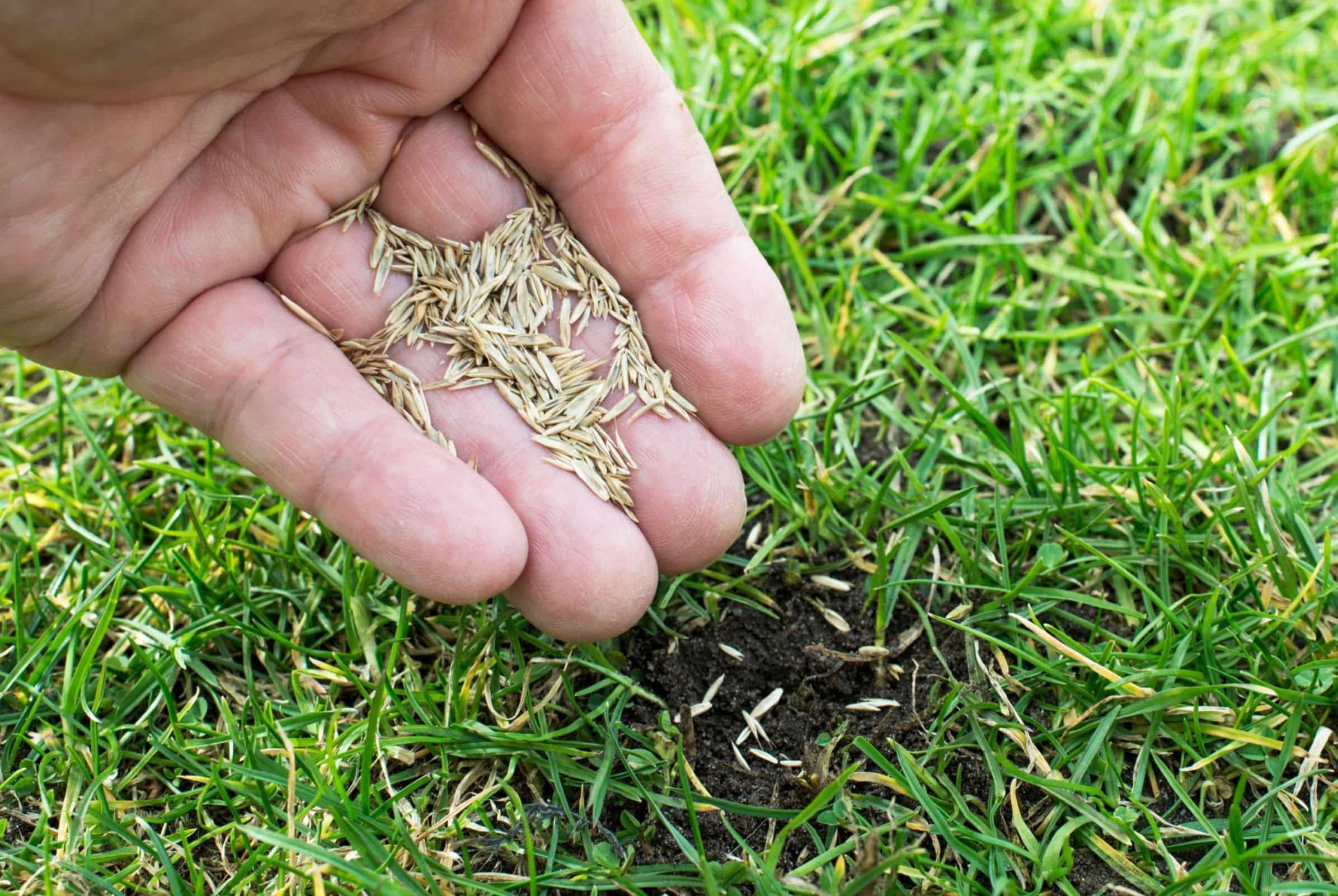
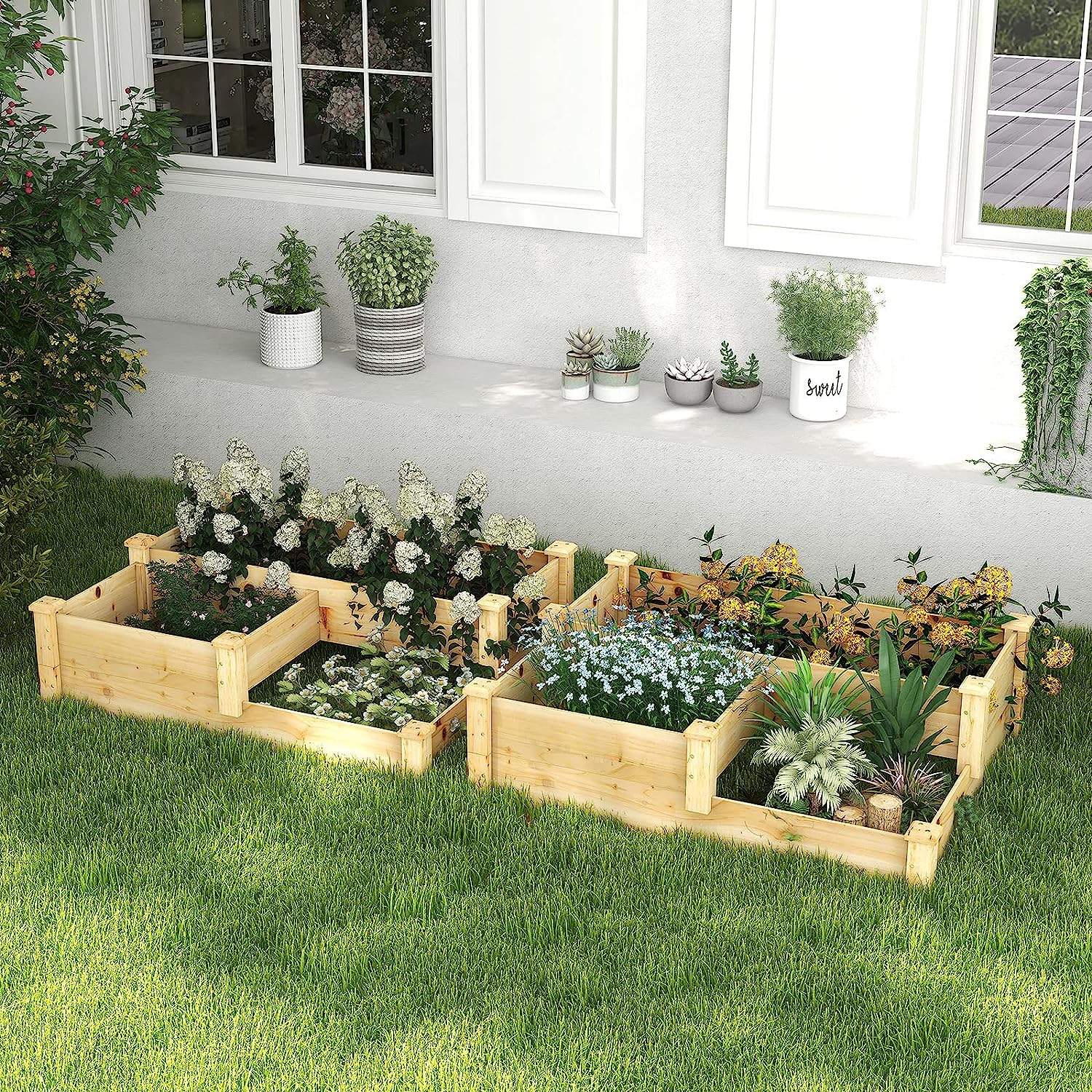
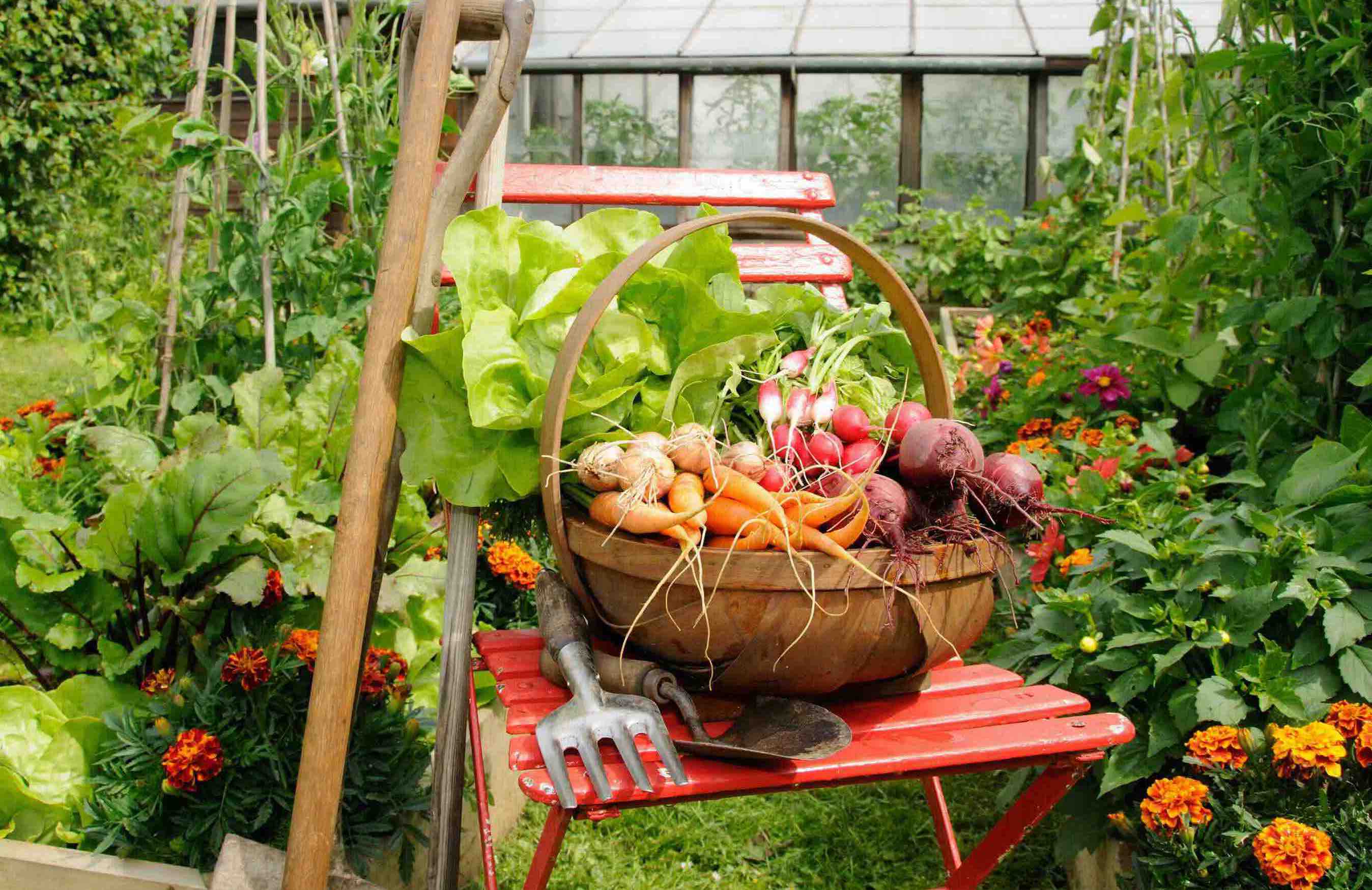
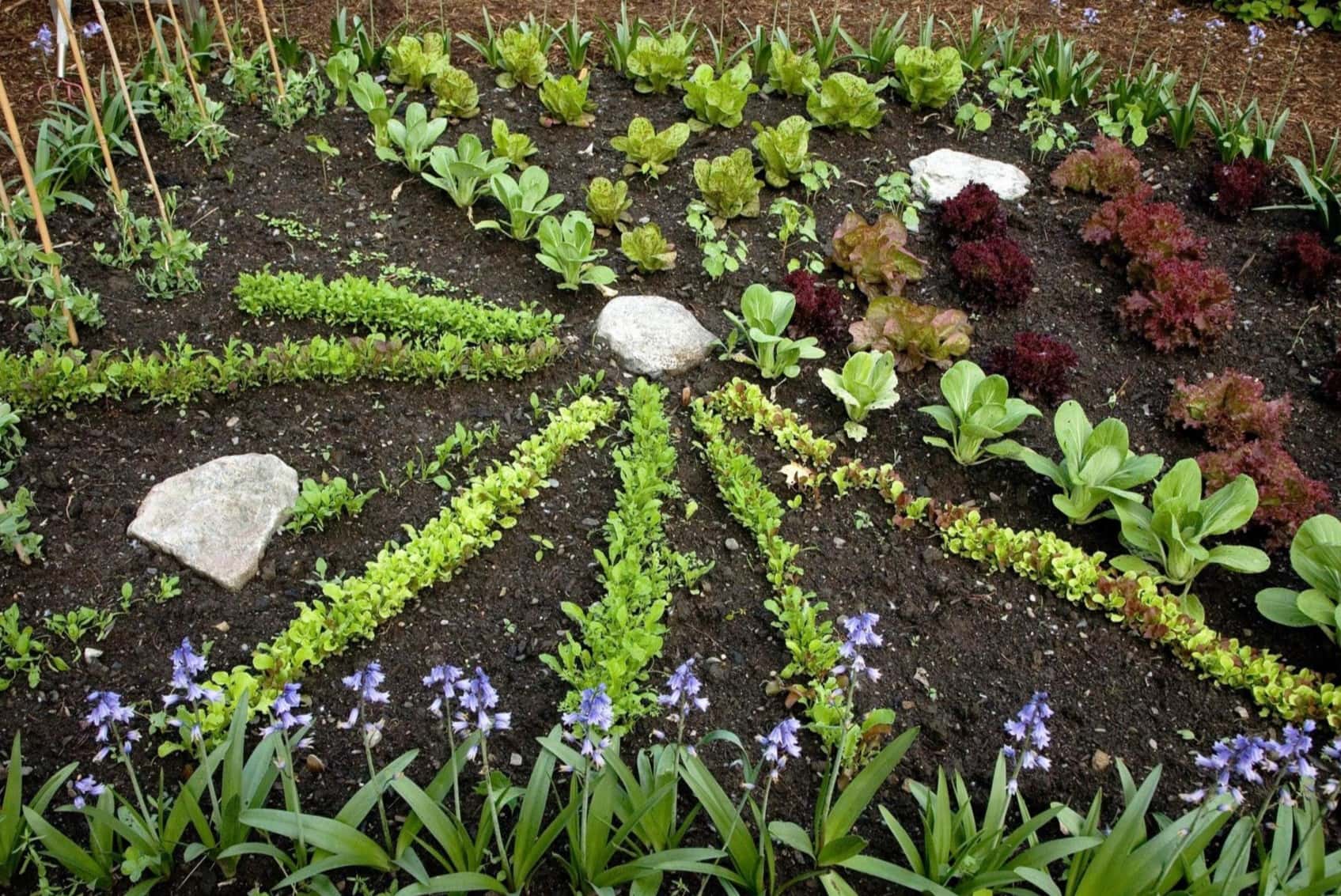
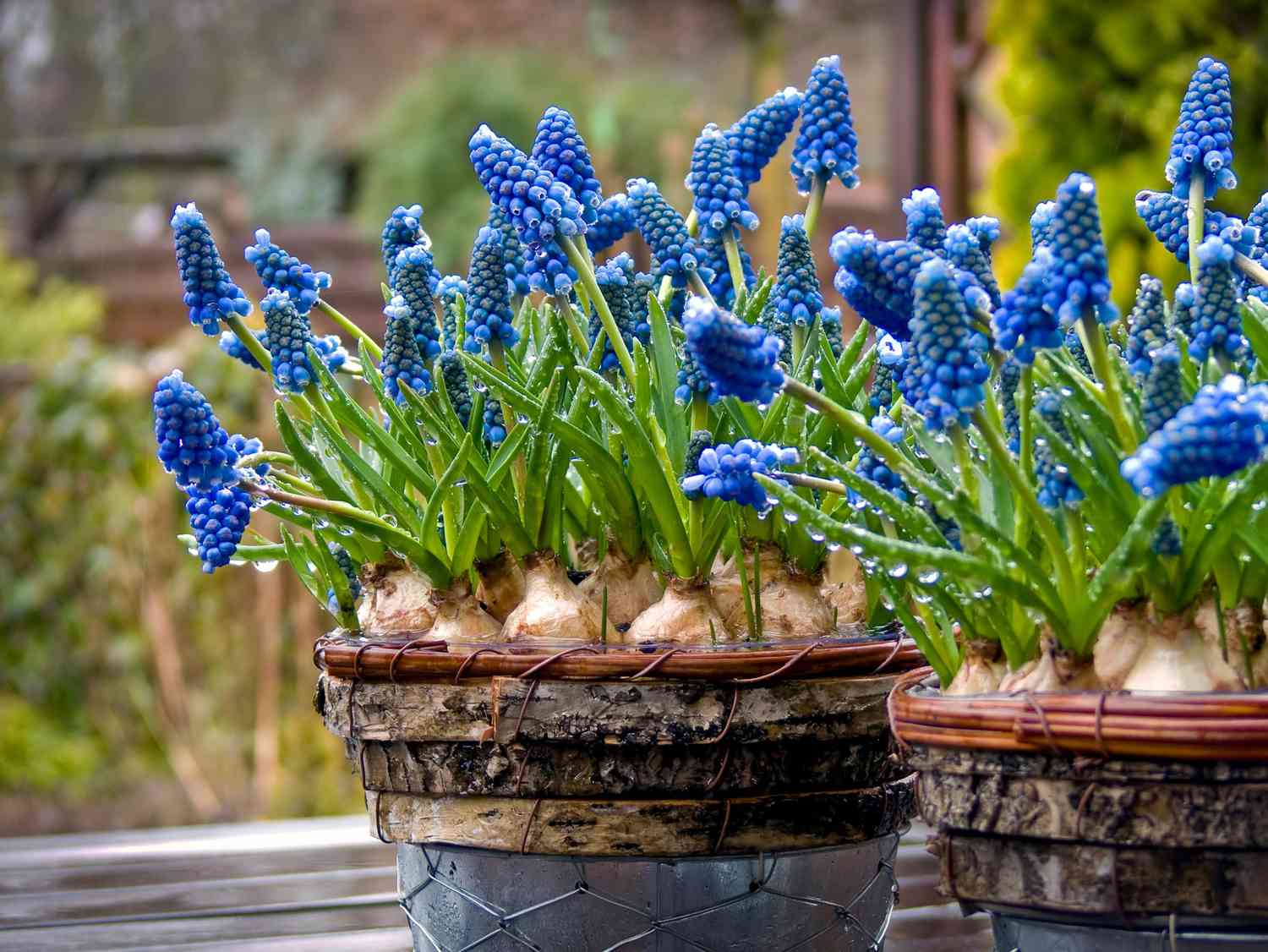
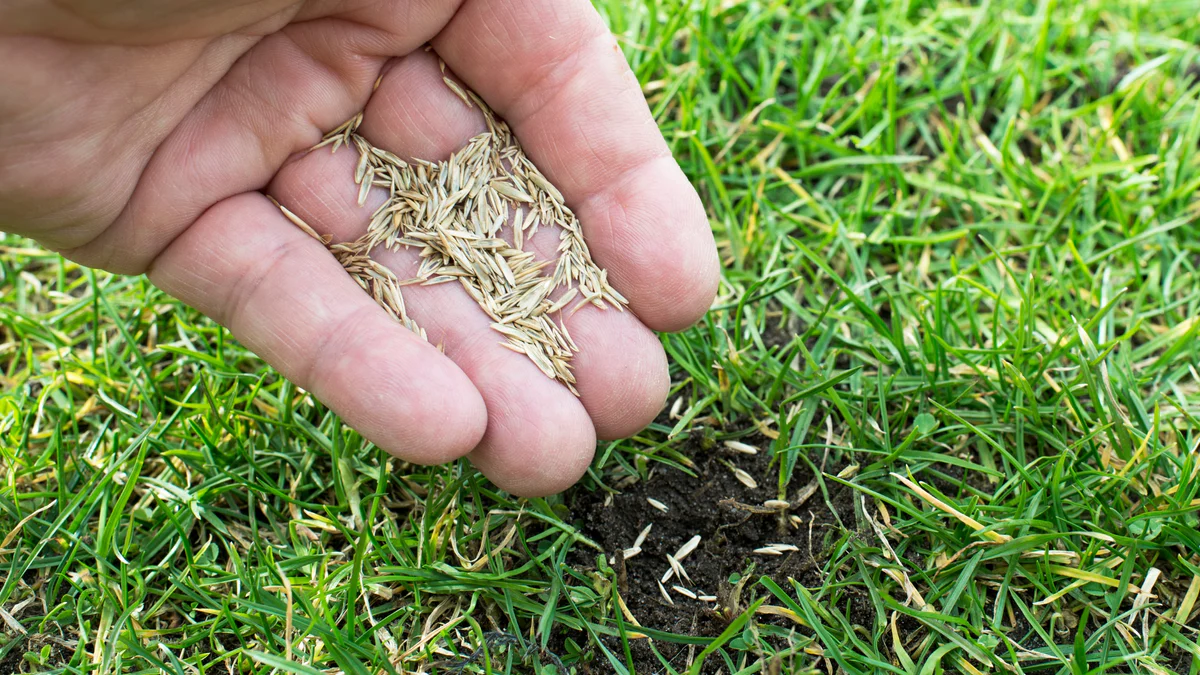
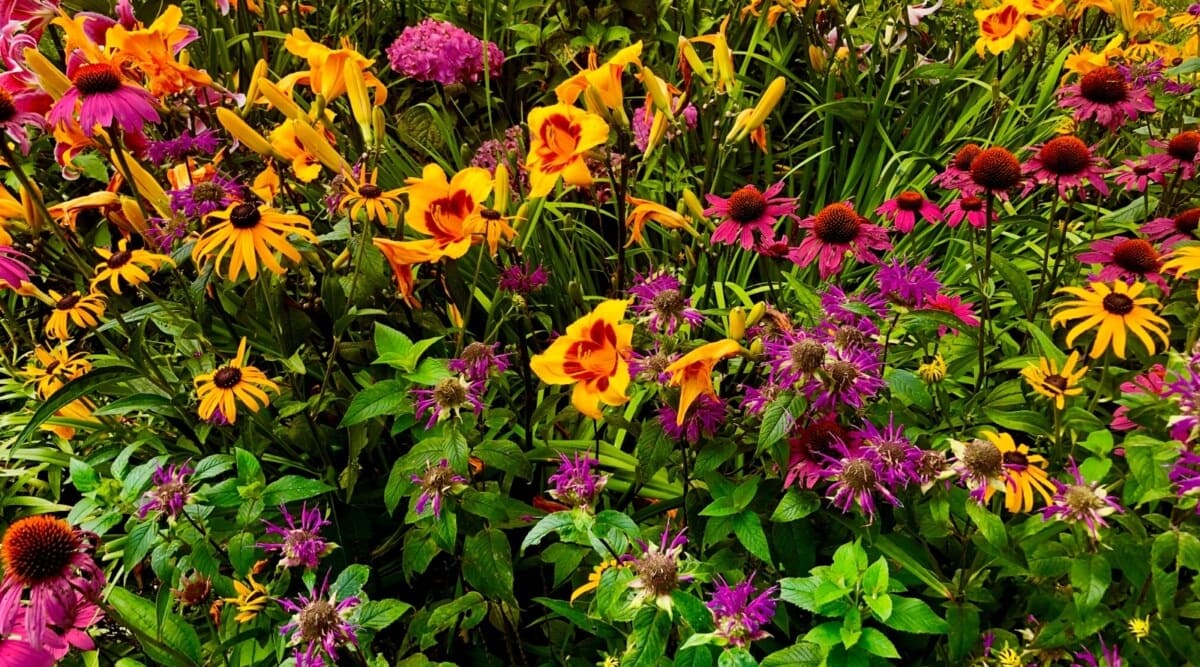
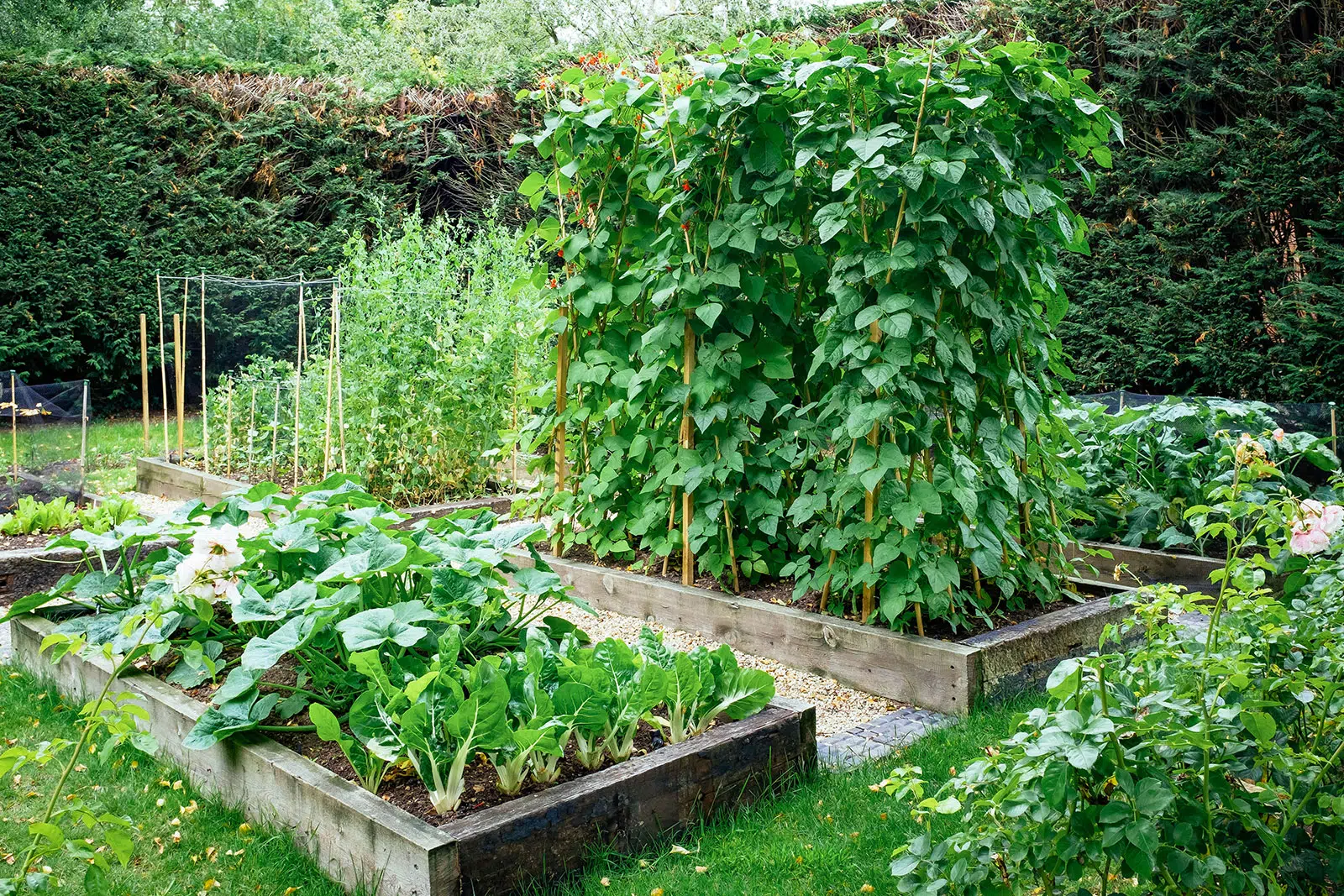
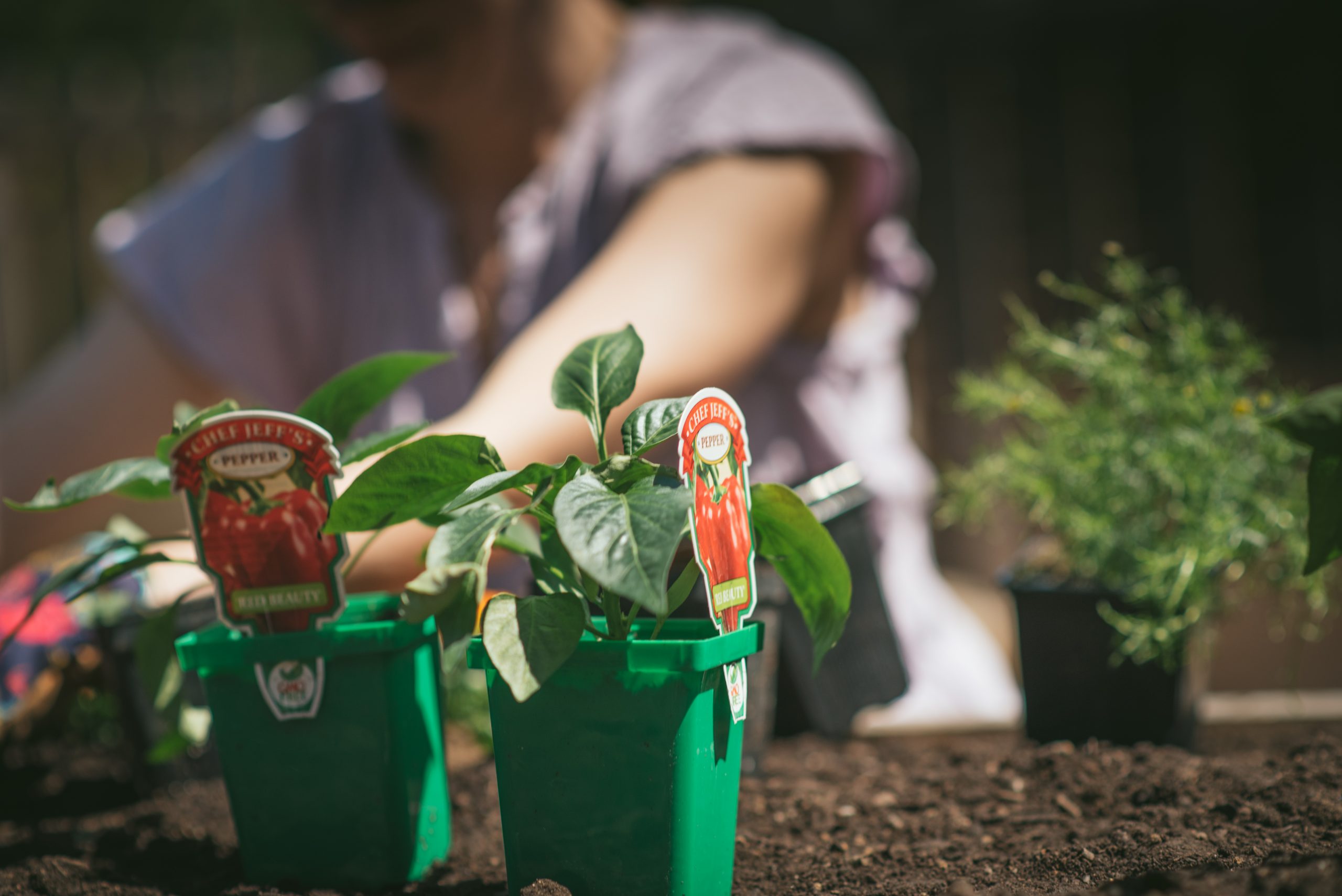

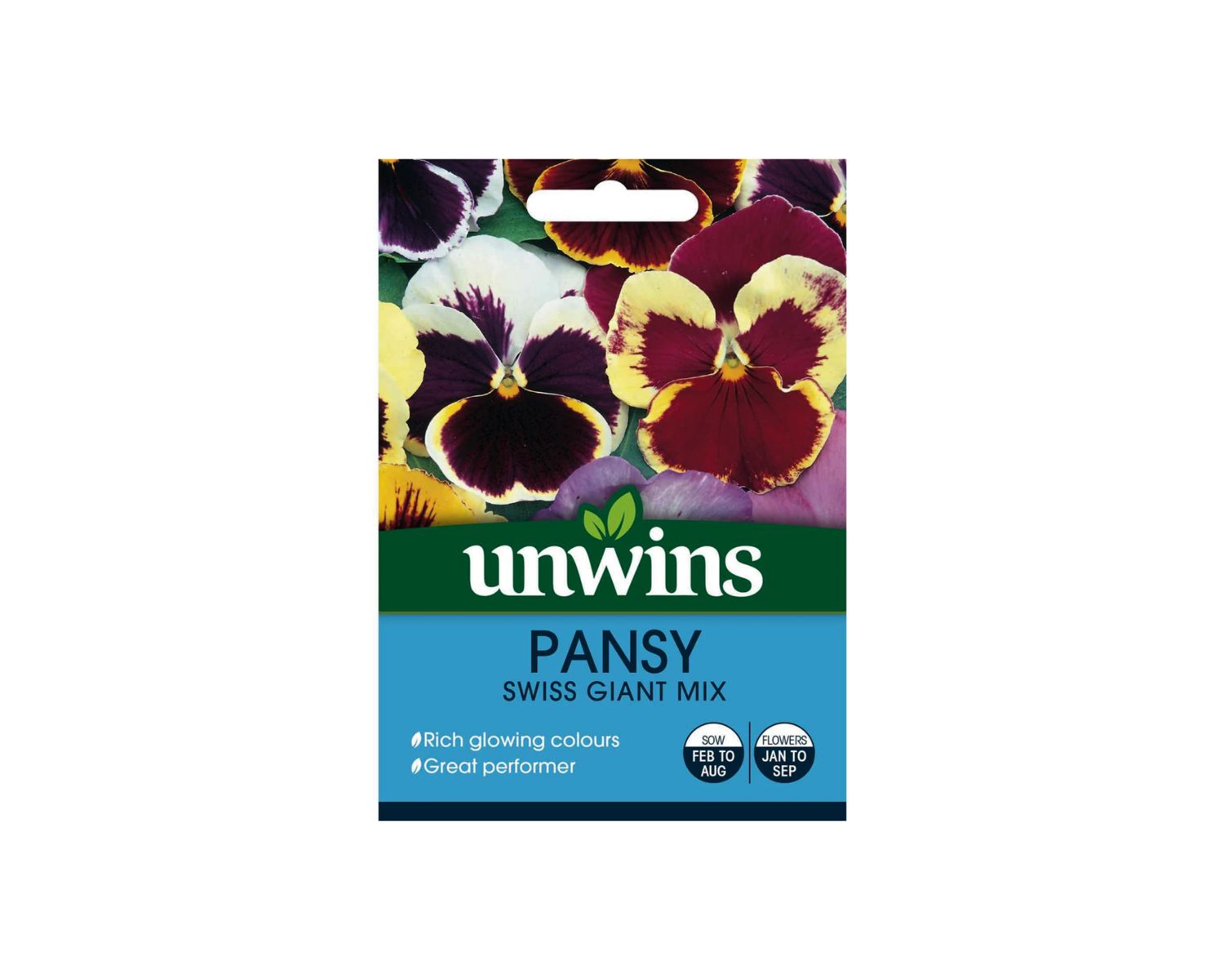
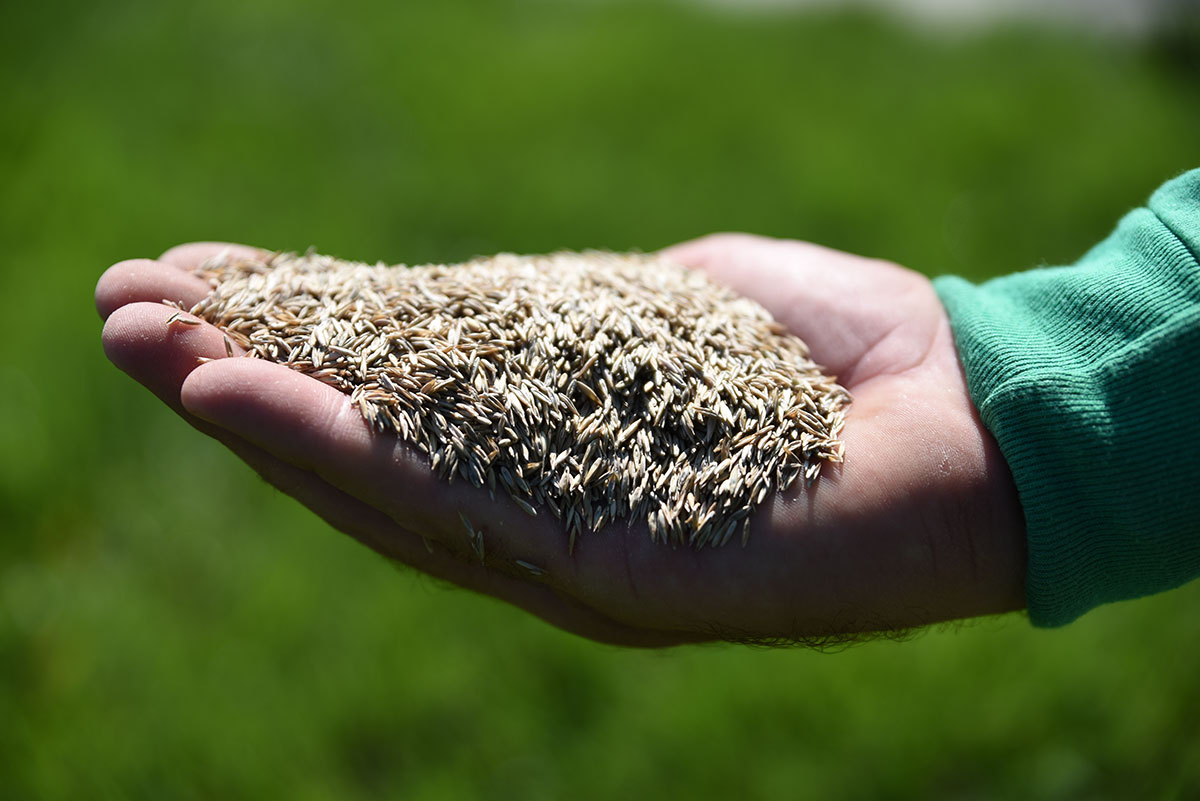
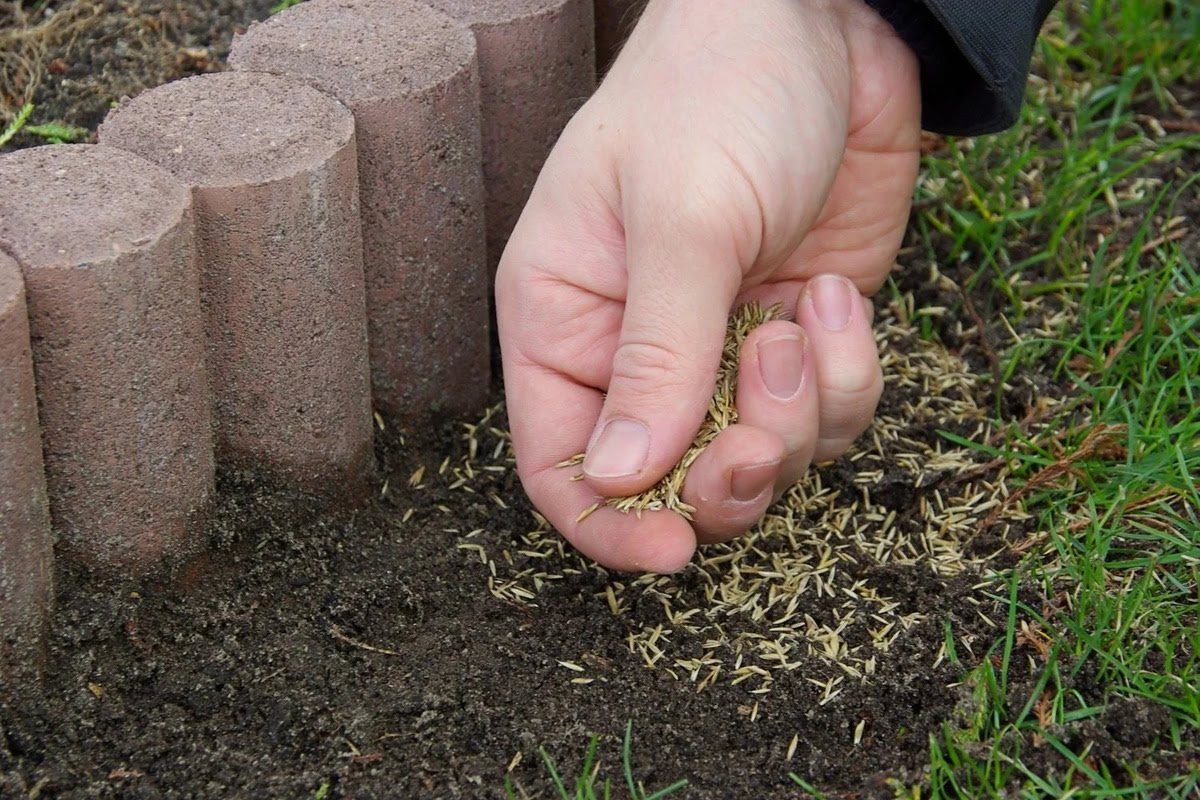

0 thoughts on “What To Plant In The Fall Garden”